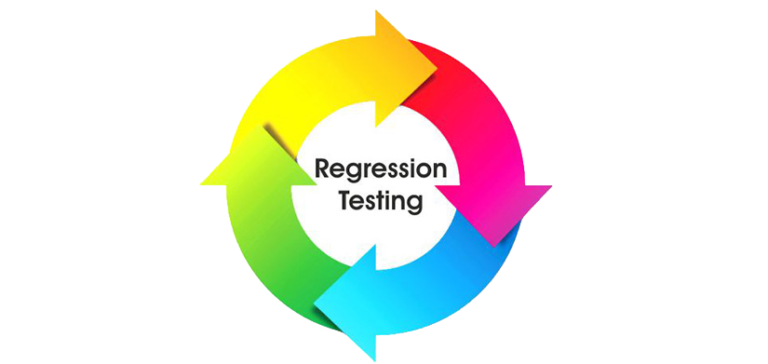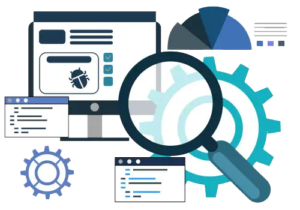
Types of Functional Testing
Types of Functional Testing: A crucial component of software development is functional testing, which verifies that an application functions as intended and satisfies criteria set out by stakeholders. The primary goal of this kind of testing is to confirm that every software feature performs under the functional specifications. Now let us look at the different kinds of functional testing that are necessary to produce software that is high-quality and trustworthy.
The technique of independently assessing discrete software modules or components is known as unit testing. Validating the program’s smallest testable components is its main objective, and developers often handle it. Developers can make sure the units work as planned and quickly find and correct any mistakes by isolating each component.


After the software has passed unit testing, integration testing entails evaluating the relationships between various modules or components. Finding any flaws in the interfaces and interactions between integrated components is the primary goal. Testing of this kind verifies that the parts function together as they should.
Smoke testing, often referred to as build verification testing, is the initial testing stage that ascertains if the most important parts of a program operate as planned. After confirming that the primary features are operational, additional thorough testing often takes place. Testing is stopped until the problem is fixed if the smoke test yields negative findings.


In order to make sure that previously created and tested software still functions as intended after a modification, regression testing entails rerunning both functional and non-functional tests. This kind of testing is required following enhancements, upgrades, or configuration adjustments to make sure that newly added code hasn’t negatively impacted already-existing functionality.
During the User Acceptance Testing (UAT) process, end users assess software to make sure it fulfills their needs and performs as intended. It is essential to make sure that the program fulfills user demands and is ready for distribution. Verifying that the software is suitable for the intended use and assisting in the identification of differences between expected and actual outcomes are the two main goals of UAT.


A crucial stage in the software development lifecycle is functional testing, which verifies that the program satisfies functional requirements and provides a smooth user experience. Software development teams can efficiently verify the functionality of their applications and provide end users with high-quality software when they comprehend the many forms of functional testing and their importance.
